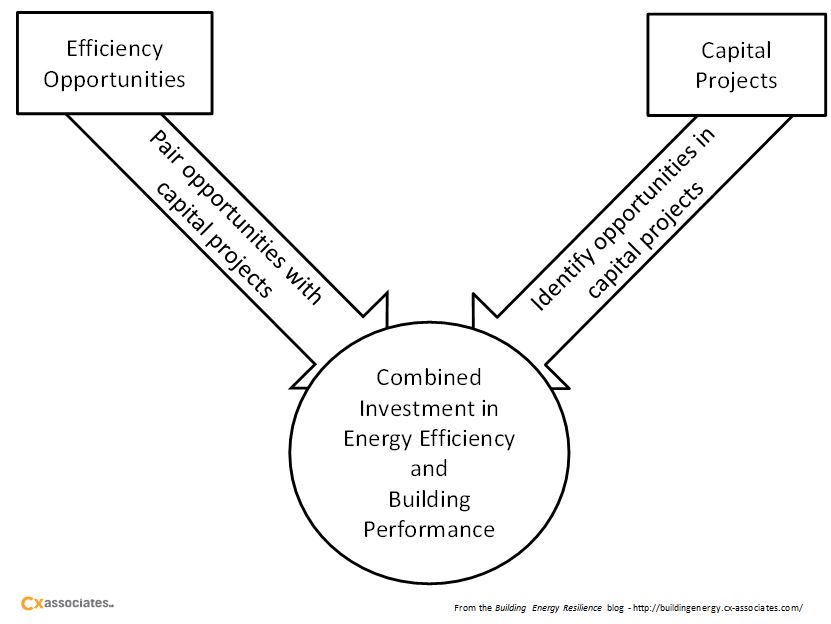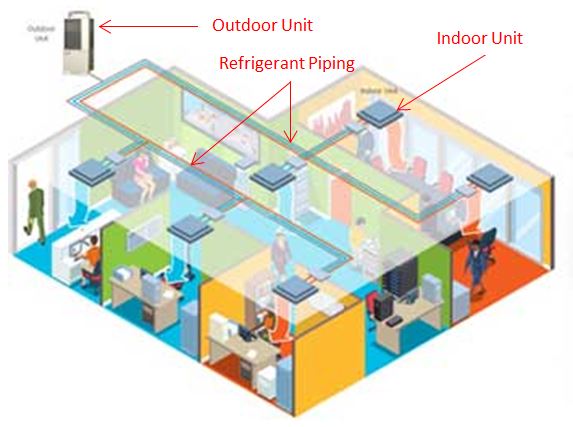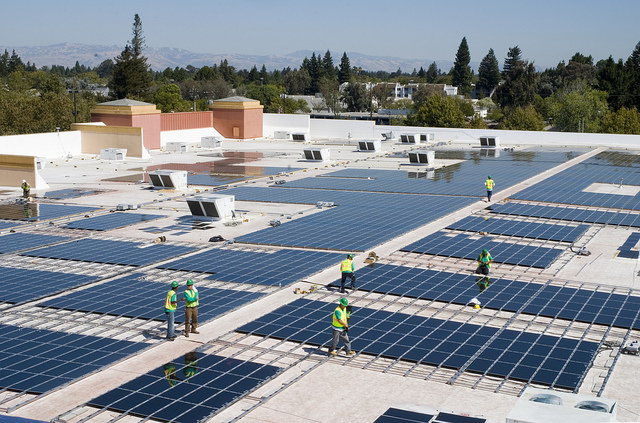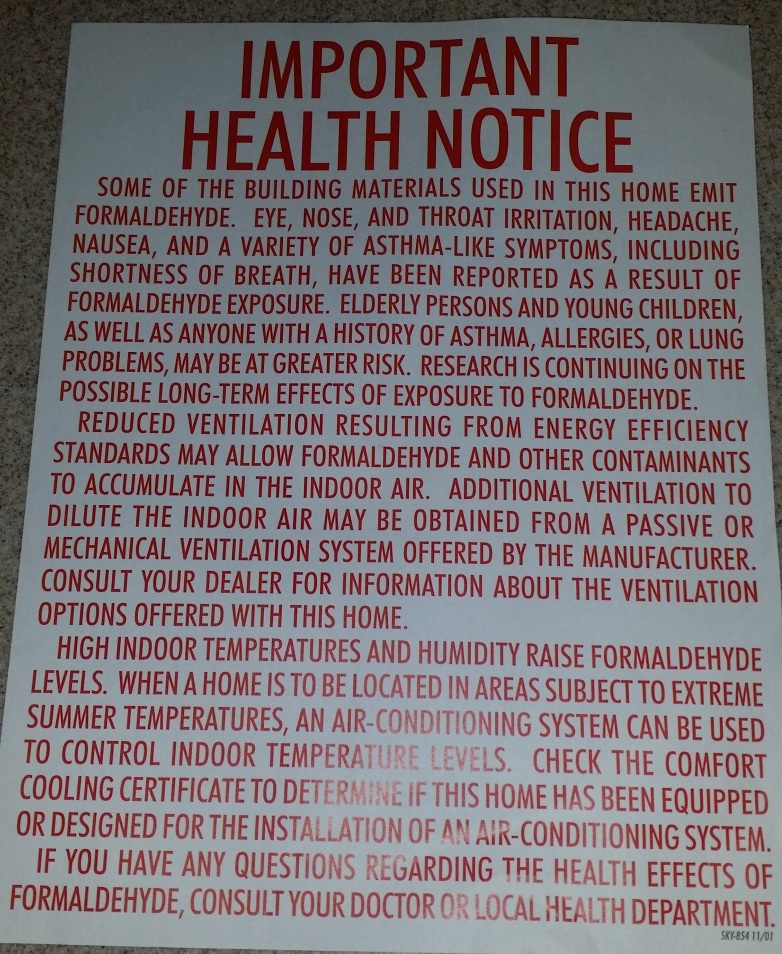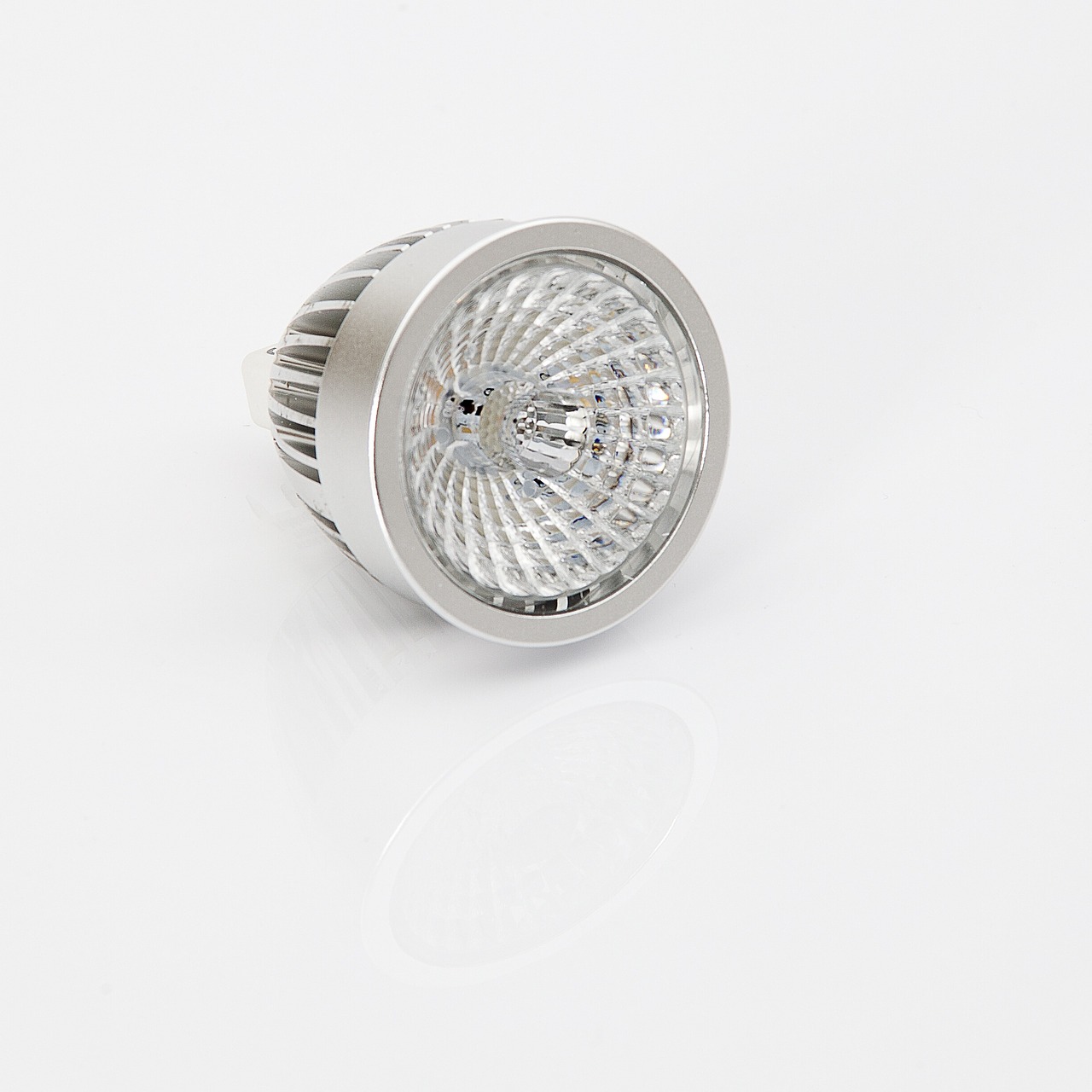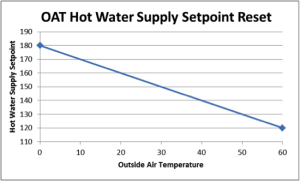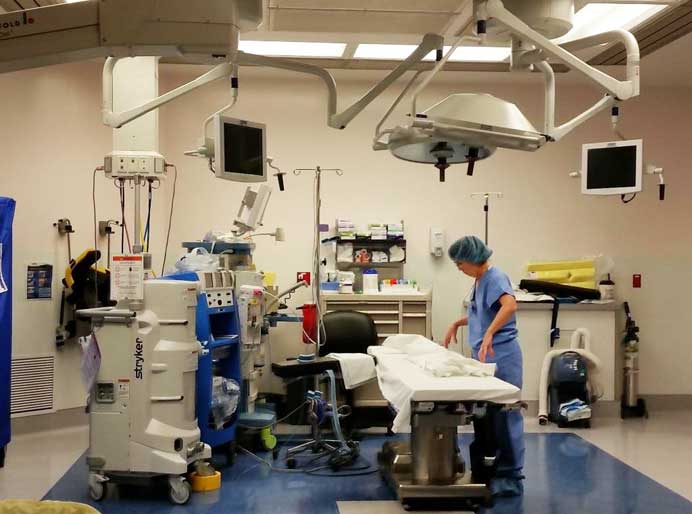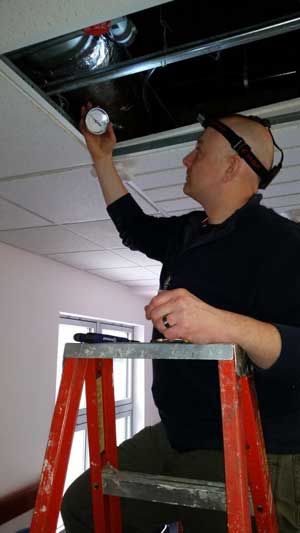Energy efficiency upgrades are widely recognized by facility managers as good investments with the potential for short payback periods and attractive lifecycle costs. However, energy efficiency investments are also often viewed as an added expenditure in competition with capital investments in infrastructure driven by end users and/or the mission. Some managers may fear a tradeoff between energy efficiency investments and other improvements in building performance, such as better indoor environmental quality (IEQ) or lower maintenance costs. In my view, the tradeoff between energy efficiency investments and other improvements in building performance is a false dichotomy - energy efficiency investment opportunities can reduce costs while enhancing building performance to better satisfy end users and the mission.
2 min read
The False Tradeoff between Energy Efficiency and Building Performance
By Brent Weigel on Nov 19, 2015 10:00:00 AM
Topics: Energy Efficiency Building Performance & Technology
2 min read
Common Issues with VRF System Installation
By Walker Calderwood on Nov 4, 2015 10:00:00 AM
Variable Refrigerant Flow (VRF) systems are becoming an increasingly popular HVAC solution for commercial construction projects around the country. They offer many benefits that can be realized by architects, engineers, contractors, and end users. Some of the benefits include energy efficiency, flexible installation, and local controls for end users. I began my career by spending two years as sales rep for a VRF manufacturer, and the following are some observations I made during that time about issues which commonly caused problems during installation.
Topics: Building Performance & Technology
3 min read
Prices Keep Falling for Large-Scale Solar PV. So what?
By Ben Fowler on Oct 21, 2015 6:00:50 AM
In the five years or so between the late 2000s and 2014, prices for large-scale solar photovoltaic (aka “solar PV” or “PV”) power generation installations have fallen by 50% due to reasons including incremental technology improvements, higher production volumes, more efficient manufacturing, and more efficient and competitive installation. The news of falling large scale solar PV costs is not new to those who follow these kinds of things, but the continued drastic decline in prices has brought us to a point worth noting. A recently released Lawrence Berkeley National Laboratory (LBNL) report on this subject titled Utility-Scale Solar 2014[1], found that the 20th percentile of utility scale PV project costs (the least-expensive 20%) were installed for around $2 per WattAC. Some notable recent utility-scale PV power purchase agreements (a.k.a “PPAs”, which are contracts between producers and buyers of power typically for a fixed price per megawatt) in the Southwestern US have been for prices as low as $40/MWh—the study notes that at this price, solar PV is competitive with the fuel-only component of operating a natural gas plant (i.e., ignoring gas generation fixed capital costs such as the power plant itself!).
Topics: Public Policy Energy Efficiency
2 min read
Toxic Living Environments – Why Are They Legal?
By Jennifer Chiodo on Oct 14, 2015 6:00:00 AM
Last night I got to spend time with two of my closest friends. We were showing off the well-insulated basement of our new home, and my friend relayed the story of his contrasting clients. For one client he is upgrading the basement and planned to use closed cell spray foam as the insulation material. The client became concerned about off-gassing just before the application and put the project on hold. A different client (an elderly couple) is selling their home and moving into a new trailer. Tom went to install the baseboard trim for them as a favor. When he arrived on site he found the new trailer to be virtually uninhabitable for him and his crew without the windows open. On the kitchen counter he found this label:
Topics: Green Building Public Policy
2 min read
Is the Energy Efficiency Field Growing Up?
By Eveline Killian on Oct 7, 2015 6:00:00 AM
Is the energy efficiency field growing up? I am cautiously optimistic that the answer to this question is “yes.” From the discussions of the major carbon producers - China and USA – regarding limits to their emissions, to building codes ever increasing minimum building efficiencies, and efficient technologies being accepted by the market, it seems promising. Another positive sign is that energy efficiency programs are starting to go deeper into more complicated measures. This means we’re moving energy efficiency programs past the “low-hanging fruit” that the market understands, and administrators are looking towards new areas and technologies.
Topics: Energy Efficiency
3 min read
More Tech, More Energy Loss – A Shift in the Wrong Direction
By Matt Napolitan on Sep 30, 2015 6:00:48 AM
Technology and innovation have brought us great advances in energy efficiency. As examples, just look at the shift from incandescent lights to fluorescent lights and now to LEDs, or the move to variable air volume (VAV) air distribution systems from constant volume during the energy crisis of the 1970s. Those two evolutions alone have probably saved yotawatt[1] hours of electricity since they were introduced. The trend continues today with things like advanced building lighting controls and energy recovery air handlers.
Topics: Energy Efficiency
5 min read
OAT (Outside Air Temperature) Reset Is Like Your Hammer
By Rick Stehmeyer on Sep 23, 2015 6:00:00 AM
You might have heard of Maslow’s hammer, that old adage “I suppose it is tempting, if the only tool you have is a hammer, to treat everything as if it were a nail.” In my experience I’ve seen the practice of outside air temperature (OAT) reset, which is shorthand for a method by which building systems are “primed” to deal with real-time outdoor air conditions, treated as that hammer. I’ve found it in the common sequence of operations (building technology speak for the computer programs which make building systems operate) designed to control everything from supply air temperature from a VAV box, to resetting the valve positions on fin tube radiation zones.
Topics: Building Performance & Technology
3 min read
Setback Strategies for Unoccupied Healthcare Operating Rooms
By Brent Weigel on Sep 16, 2015 6:00:00 AM
In a previous blog post, I discussed the efficiency opportunity for airflow setback in healthcare operating rooms (ORs). Airflow setback is one of the more significant opportunities for energy savings in unoccupied ORs, and is included in the American Society of Healthcare Engineers (ASHE) white paper [PDF] on OR HVAC setback strategies. ASHE’s “Operating Room HVAC Setback Strategies” provides guidance that warrants consideration by facility engineers. In this post, I would like to highlight and qualify some of the important insights from ASHE regarding OR HVAC setback strategies.
Topics: Energy Efficiency Building Performance & Technology Healthcare
2 min read
Common Pre-Functional Testing Checks
By Walker Calderwood on Sep 10, 2015 6:00:00 AM
Pre-Functional testing is a vital step in the commissioning process, where issues can be identified and corrected during equipment installation. It is important to catch issues at this phase in the construction process as issues are often able to be resolved faster, easier and cheaper than if they were identified after construction is complete. Some of the equipment checks may seem a bit obvious and somewhat redundant, but we verify them on every commissioned project—and you might be surprised to learn how often these basic checks uncover deficiencies.
Topics: Building Cx & Design Review
3 min read
Customer-Facing Tools to Manage Energy Use
By Jennifer Chiodo on Aug 26, 2015 9:30:00 AM
Commercial buildings have complex systems, end uses, and operations making managing their energy use a challenge. “Big data” is the trend in the building energy industry, but operators do not have time to analyze operating data. We need to provide building operators with easily digestible information including:

